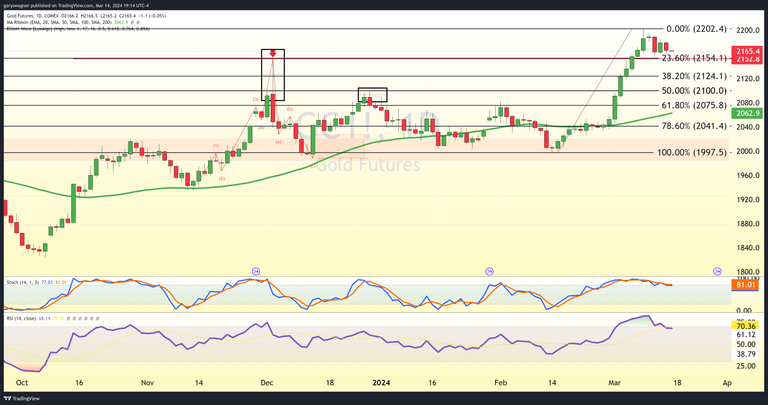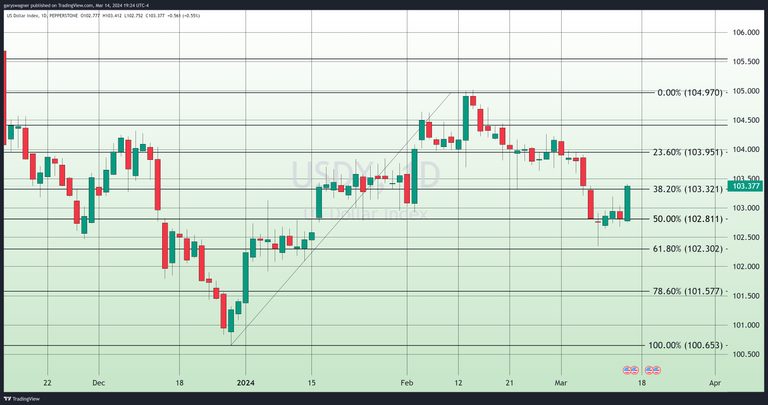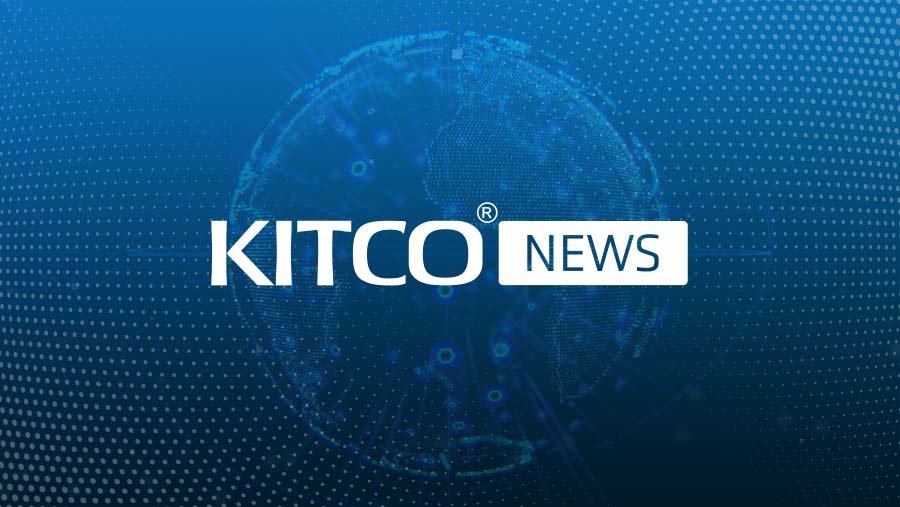Prices that producers charge (PPI) for their goods in the U.S. spiked higher by 0.6% last month, double the rise in January of + 0.3%. According to the Bureau of Labor Statistics, the final demand index (what consumers pay for a product) rose by 1.6% year-over-year, the largest rise since moving up 1.8% year-over-year in September 2023.
Roughly 1/3 of the February advance for final demand goods was largely due to a 6.8% increase in gasoline prices. Many analysts fear that oil prices will continue to rise through the summer.
Because the Producer Price Index is a precursor to retail costs, therefor affecting inflationary pressures to consumers. PCE and CPI inflation reports for next month will be largely influenced by this report as it is a precursor to understand where inflation could go in the future.
If inflation continues to be sticky or rises in March, it will certainly weigh heavily on the minds of Federal Reserve officials as they shape upcoming changes in their monetary policy. In December, the Federal Reserve released its SEP (summary of economic projections) in which they laid out a series of rate cuts beginning this year. They plan to cut its benchmark Fed funds rate by three-quarters of a percent this year. They have also laid out rate cuts for 2025 and 2026 to normalize interest rates.
Inflation peaked at 9.1% in June 2022 prompting the Federal Reserve began its first rate hike in March 2022 of ¼%. This took its benchmark rate from its lowest value in years of between 0% and ¼%. What followed was 11 consecutive rate hikes that were enacted during 11 consecutive FOMC meetings, taking Fed funds rates to between 5 ¼% and 5 ½%.
This caused market participants to fear that inflation could remain elevated or even spike higher. The heightened concern resulted in treasury yields rising, which strengthened the U.S. dollar. More so, this affected gold investors and traders as they witnessed dollar strength take gold prices lower, because gold is paired against the dollar.

As of 6:55 PM EDT, the U.S. dollar is up 0.55% taking the dollar index to 103.377. Gold futures basis most active April contract is fixed at $2166.50 after factoring in today’s decline of $12.90 or 0.59%. Simple math allows us to extrapolate that the vast majority of gold’s 0.59% decline was based on dollar strength (+0.55%) with exceedingly fractional pressure by market participants selling gold.

For those who wish to learn more about our service, please go to the links below:
Information, Track Record, Trading system, Testimonials, Free trial
Wishing you as always good trading,
Gary S. Wagner
Disclaimer: The views expressed in this article are those of the author and may not reflect those of Kitco Metals Inc. The author has made every effort to ensure accuracy of information provided; however, neither Kitco Metals Inc. nor the author can guarantee such accuracy. This article is strictly for informational purposes only. It is not a solicitation to make any exchange in commodities, securities or other financial instruments. Kitco Metals Inc. and the author of this article do not accept culpability for losses and/ or damages arising from the use of this publication.




